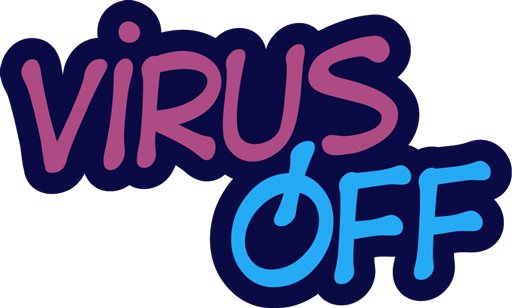Scientists are getting closer to new ways to control HIV without having to take antiretroviral therapy (ART) all the time. A combination of two broadly neutralizing antibodies (bnAbs) with the immunomodulatory drug N-803 (Anktiva) helped most participants in a clinical trial avoid viral rebound for a long time after stopping treatment. These results were presented at the 13th International AIDS Society Conference (IAS 2025). The study reinforces hopes for new ways to control HIV without daily medication — something that millions of people with HIV around the world have been waiting for for years.
Among the 24 study participants who stopped ART, 58% did not need to resume therapy for six months. A third did not need treatment even after a year, and one participant has been off ART for more than 30 months, said Professor Marina Kaskie of Rockefeller University.
“What excites us most is that we see a variety of response patterns to treatment interruption, and some participants maintain low viral loads for a long time,” she said.
ART suppresses HIV but does not destroy the hidden reserve of the virus in CD4 cells. For many years, scientists have been trying to activate this “dormant” virus (“kick and kill”) to force the immune system to detect and destroy it. Broadly neutralizing antibodies target conserved regions of HIV, unlike antibodies that are naturally produced by the body. They are already being studied in research on prevention, treatment, and potential functional cure of HIV.
The immunomodulatory drug N-803 (interleukin-15 receptor superagonist) activates natural killer (NK) cells and CD8 T cells, enhances the action of CD4 T cells, and stimulates the formation of memory cells. It has already been approved by the FDA for the treatment of bladder cancer and is currently being investigated in a number of cancer and HIV studies, in particular due to its ability to “awaken” HIV.
In a recent study, 28 people with chronic HIV infection (mostly men, average age 42, median time on ART 10 years) received two antibodies (3BNC117-LS and 10-1074-LS) in combination with N-803 injections. Two days after the antibodies were administered, the participants stopped ART and monitoring began.
During the first six months, 42% of participants did not reach a viral load above 200 copies, and 50% did not exceed the 1,000 limit. In six participants, the virus “returned” with a delay, including one case after 50 weeks. Seven others had unstable but generally low viral loads.
At week 48, 58% still did not need ART. Three participants remained untreated after 72 weeks. One of them has still not resumed therapy even after 125 weeks. All those who resumed ART achieved viral suppression again in less than a month. Most were found to be resistant to antibodies, mainly to 10-1074-LS.
The drugs proved to be safe: side effects were mostly mild, and there were no infusion reactions to antibodies. Redness or swelling after N-803 injections was observed but decreased after the third dose.
The study has a number of limitations. In particular, participants were not tested for antibody sensitivity in advance, so some may have had primary resistance. In addition, the lack of a control group that received only antibodies without N-803 makes it difficult to assess the actual contribution of the drug to the outcome.
Other studies, such as RIO and FRESH, have also shown promising results in delaying viral rebound after the use of bnAbs, sometimes in combination with other immunomodulators (e.g., vesatolimod). However, many of these studies also lack control groups for accurate comparison.
“We are trying to understand the mechanisms behind the observed effects, whether it is the influence of residual antiviral activity or modification of the body’s immune response. And most importantly, did N-803 really play a key role? A comparison between studies could provide the answer,” Professor Kaski concluded.
Recall that research on an HIV vaccine has identified a new target for antibodies. It shows that a series of vaccines can stimulate the immune system to produce powerful antibodies capable of blocking a wide range of HIV strains, including those that are usually the most difficult to stop.



